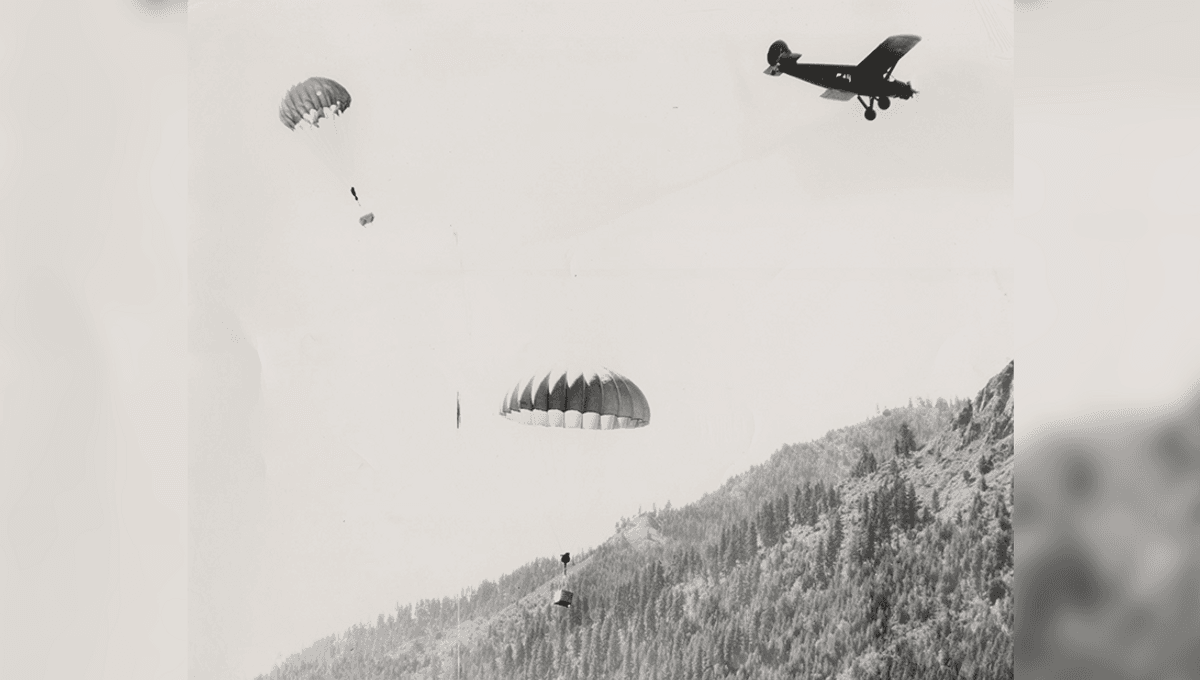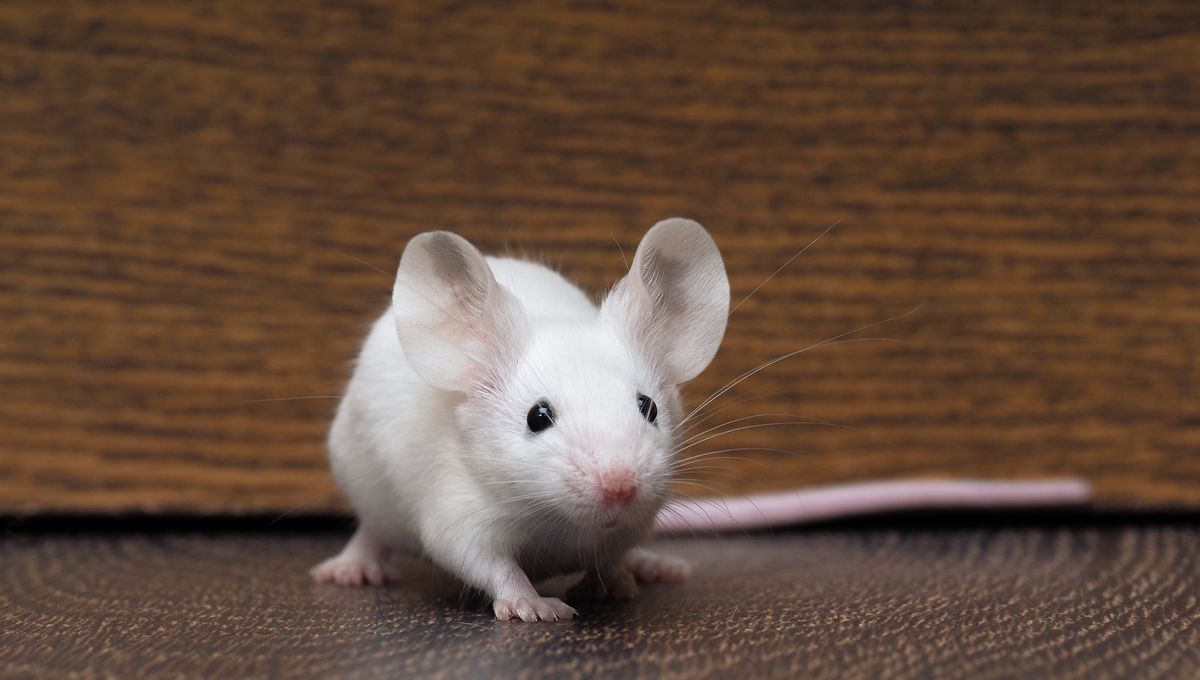Beavers and humans have always had a rocky relationship. We love trees and flowing water, which happen to be the two things beavers are experts at manipulating. They fell trees to build dams, turning fast-moving streams into waterlogged wetlands that suit their needs perfectly. Unfortunately, this clashes with our desire for dry homes.
As people moved away from cities and deeper into the wilderness, the Idaho Fish And Game Department (IFG) realized that the “beaver problem” they had been dealing with since the 1930s was only going to worsen. However, exterminating the beavers wasn’t an option either, as they provide valuable ecosystem services, creating habitats that support biodiversity and improve water quality while preventing erosion.
With nothing but a few beavers, a dream, and a pocketful of parachutes, they came up with a brilliant plan.
In a 1950 document titled “Transplanting Beavers By Airplane And Parachute,” IFG employee Elmo Heter explained why previous methods of relocating beavers had failed. It was a difficult, expensive process that often resulted in high mortality rates among the beavers.
After experimenting with dummy weights, the IFG discovered that surplus World War II parachutes, measuring 7 meters (24 feet), were the perfect solution. It seemed like Idaho could solve both its surplus of beavers and parachutes in one fell swoop.
The beavers were packed in boxes and carried by a single chute, with the added benefit of needing fewer chutes and reducing the chances of the beavers immediately relocating upon landing. Having a buddy along seemed to encourage them to stay put.

“One old male beaver, whom we fondly named ‘Geronimo,’ was dropped again and again on the flying field,” wrote Heter. “Each time he scrambled out of the box, someone was on hand to pick him up. Poor fellow! He finally became resigned, and as soon as we approached him, would crawl back into his box ready to go aloft again.”
“You may be sure that ‘Geronimo’ had a priority reservation on the first ship into the hinterland, and that three young females went with him. Even there he stayed in the box for a long time after his harem was busy inspecting the new surroundings. However, his colony was later reported as very well established.”
Geronimo’s successful flights paved the way for 76 live beavers to take flight in the fall of 1948, with only one casualty. Unfortunately, the beaver’s escape was partly its own fault, as it managed to stick its head through a small gap in the box and jump or fall from the box when it was just 75 feet from the ground.
RIP.
Further analysis showed that the parachute method was not only cheaper than previous methods, costing around $16 per beaver, but it also reduced the number of beaver deaths and the amount of manual labor required for the journey.
And if you think parachuting beavers is crazy, just wait until you hear about why they started parachuting wolves in Michigan.








